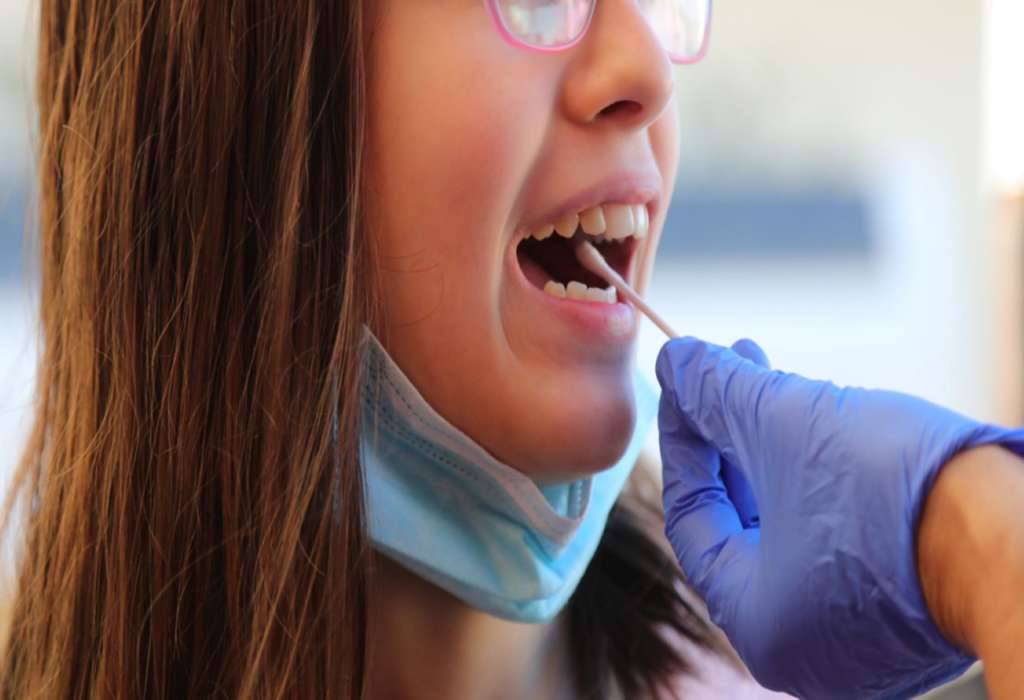COVID-19 testing at schools has been brought to a halt because of the new highly transmissible variant of the bug. In a statement today, Public Health England said it is no longer clear as to whether the risk of exposing students through daily contact testing is worth the benefits.
It comes just five weeks after the Education Secretary, Gavin Williamson announced the milestone £78 million programme, as part of a plan to fully re-open classrooms after the February half-term.
The Government announced rapid COVID-19 tests would be rolled out to each college and secondary school on the 15th of December. They said this would happen from January onwards.
However, Downing Street has said the emergence of a dominant new strain, thought to spread up between 50-70% more rapidly, has forced it to change its priorities. PHE has said that schools should continue testing staff twice per week where possible and to test students twice when they return to schooling.
In a statement, it said: “The variant has been shown to have increased transmissibility and causes higher secondary attack rates. This increases the risk of transmission everywhere, including in school settings. The balance between the risks (transmission of virus in schools and onward to households and the wide community) and benefits (education in a face-to-face and safe setting for daily contact testing is unclear.”
It continued: “In light of this changing situation, we now recommend that the rollout of daily contact testing within schools is paused, other than for schools involved in further evaluation. This will enable the further detailed evaluation of changing circumstances including, potentially, lower infection rates and modelling work required to understand the benefits of daily contact testing in this new phase of the pandemic. Schools should continue to test their staff regularly (twice-weekly where possible, in line with recommendations for other workforces that need to leave the home to work) and test pupils twice upon return to school, as has been the case since the start of January.”
Under its plans, the Department of Education said staff and students could do ‘serial testing’ as an alternative method to 10 days’ self-isolation if a contact in the school tested positive. Students would have been tested every day for seven days, and would have remained in class unless one of the tests was a positive result. Most of the children were expected to swab themselves, despite warnings from experts over the amount of missed cases from rapid lateral flow tests.
Concerns have been raised by the UK’s Medicines and Healthcare Regulatory Agency (MHRA), who have said it has not given its approval for the scheme. The Government said it did not require approval from the MHRA. However, the Association of School and College Lenders urged ministers to halt the ‘very confusing’ programme. Geoff Barton, its general secretary said: “School leaders and staff are utterly tired of this endless confusion over lateral flow tests, alongside much else that has been landed on their plates during this crisis. All they want is clarity about what is the right thing to do, and the reassurance that there is a sound scientific basis for what is proposed.
It continues: “What is obvious is that there are severe misgivings in many quarters about the use of lateral flow tests as an alternative to self-isolation for close contacts of positive cases.”. Dr Jenny Harries, Deputy Chief Medical Officer told MPs that it was likely that a regional approach would have to be applied when schools begin welcoming more students back for face-to-face classes. This means classrooms in areas with higher infection rates will probably stay closed to the majority of students for longer.

